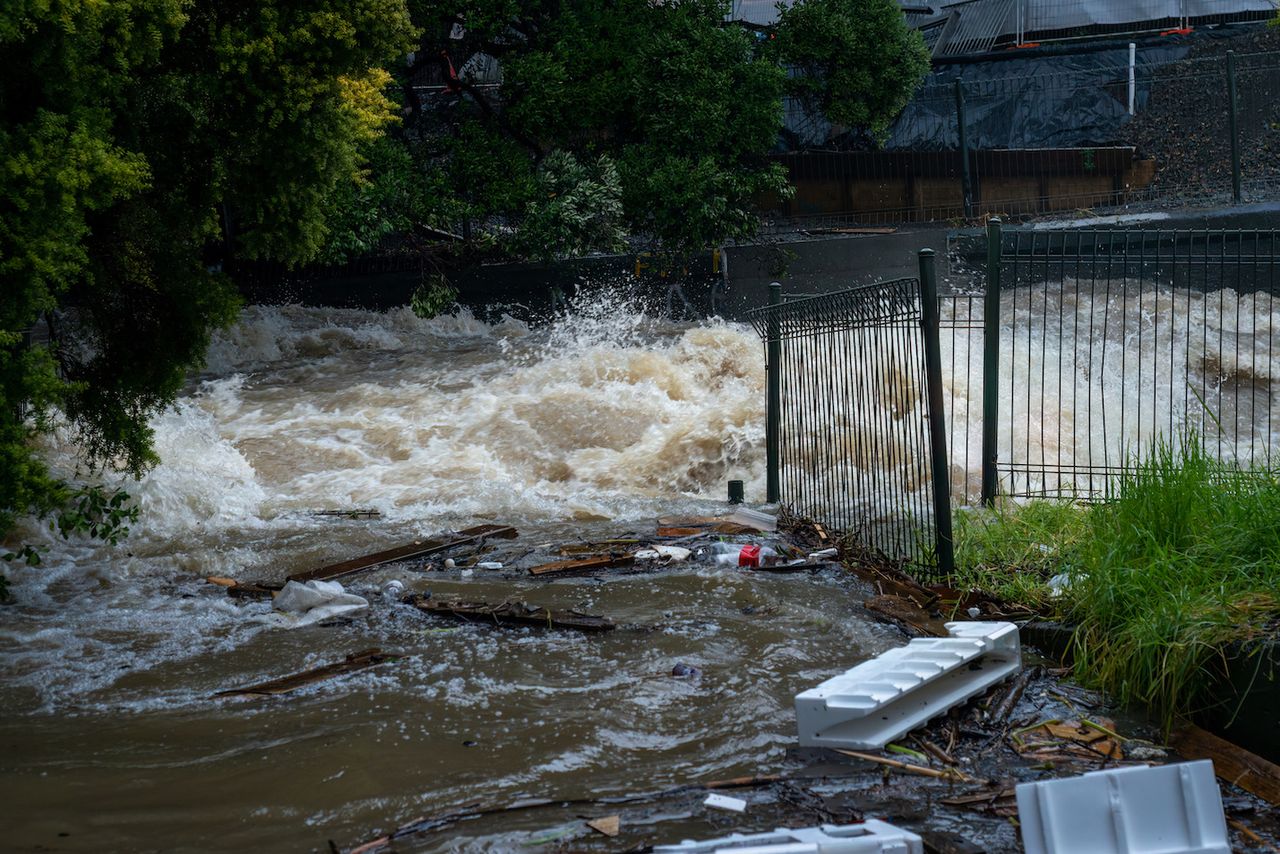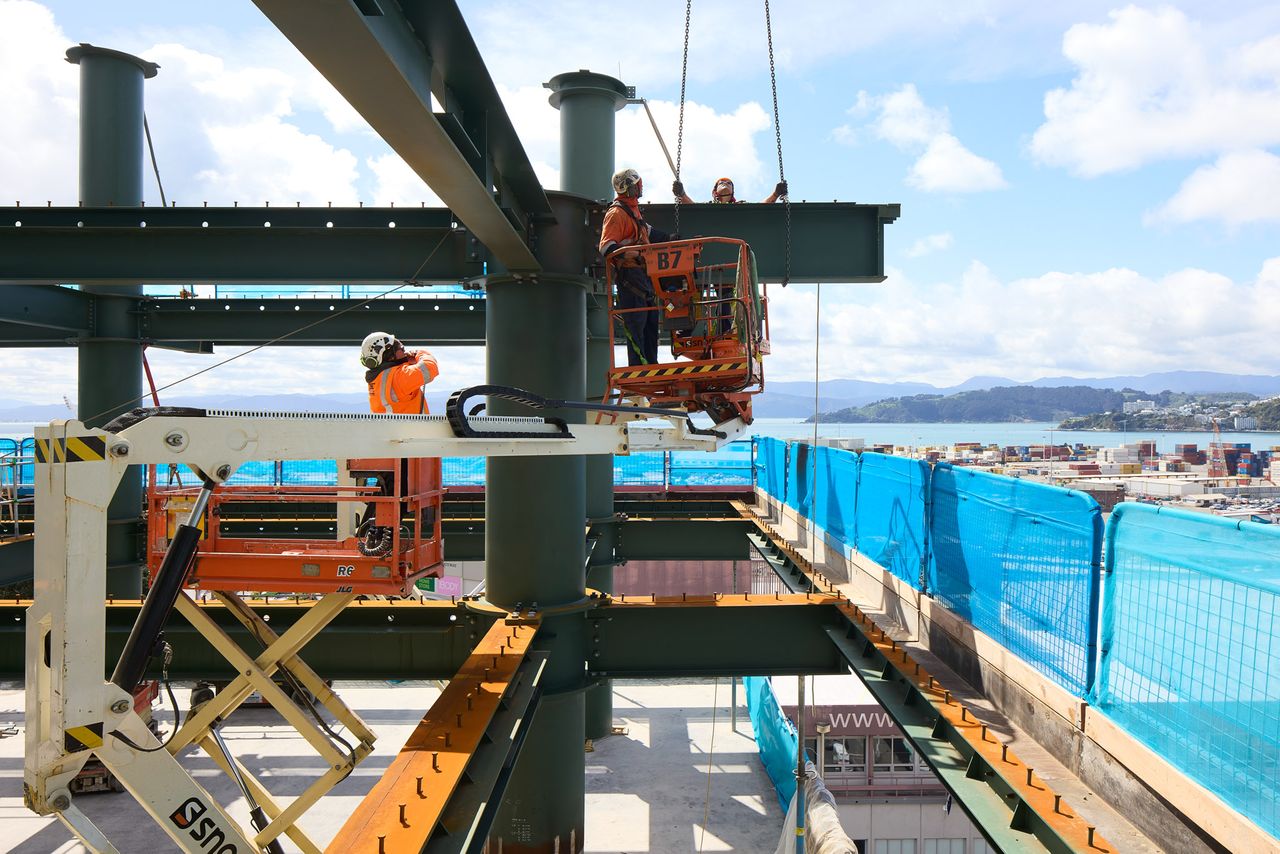News & Insights
Flooding and Cyclone Gabrielle’s Impact on Three Waters

Our three waters infrastructure has, understandably, come under heavy scrutiny in the wake of the recent severe flooding and Cyclone Gabrielle. RCP’s David Copeland shares his thoughts on what it’s going to take for New Zealand to repair and rebuild – better, stronger and smarter.
New Zealand faces a long, difficult recovery following the two recent extreme weather events – massive flooding followed by Cyclone Gabrielle. They left a trail of devastation, the effects of which will be felt for some time.
Lives have been lost, property, communities and livelihoods devastated, and infrastructure significantly damaged, some irreparably. Our country declared a national state of emergency for just the third time in its history. In the aftermath, a spotlight has been shone on our three waters infrastructure – drinking water, stormwater and wastewater.
The country has experienced unprecedented heavy rain, severe flooding and landslides, leading to widespread damage to water infrastructure networks and outdated assets. This has resulted in considerable disruptions to the supply of safe drinking water, overflows of sewage, and the erosion of riverbanks and streams.
It’s no secret that the cost of rebuilding and repairing damaged infrastructure around the country will be momentous. It comes on top of commitments already in place to increase spending across the board, starting with the three waters sector. The Three Waters Reform is anticipated to cost between $120b and $185b over the next 30 years. Given recent events, the Government and local authorities may need to invest sooner than anticipated to ensure that the infrastructure is repaired and upgraded to a standard that can withstand future extreme weather events.
The three waters sector will need to roll out significant capital expenditure programmes to upgrade existing infrastructure to tolerate heavy rainfall, flooding in particular, as well as constructing new, more resilient, state-of-the-art infrastructure. But what does that look like in practice? There’s no one solution; rather, it will require planning and delivering a suite of smart initiatives. Think better integrated primary and secondary stormwater networks – our roads are an example of a secondary system so their design has a crucial role to play in supporting a resilient water network. The boundary conditions that our infrastructure is designed to also warrants attention – do the limits still hold true today?
Coincidentally, some of these principles align with the Three Waters Reform currently in a transition phase in New Zealand.
In addition to the physical infrastructure, the three waters sector will need to consider the impact that extreme weather events have on water supply and quality. During heavy rainfall and flooding, runoff from agricultural land, urban areas and industrial sites can enter waterways and contaminate the water supply. To ensure the water supply remains safe for consumption, the sector will need to invest in new technologies and processes to improve the quality of water, and in monitoring and testing – better monitoring can result in quicker action.
Most heavy rainfall and flooding events disrupt the flow of rivers and streams, leading to reduced water supplies. The sector will need to invest in new technology and practices that help to improve water management and water storage, as well as implementing better drought management plans to ensure water supplies remain adequate during those dry periods we know so well across the country. Things like:
Reverse pollution through 3D-printed water filters made from biomaterials
Better use of renewable energy to power water filtration
Desalination (removing salt from seawater) for our drought issues on the other end of the spectrum
Acoustic nanotube technology, an energy efficient NASA-devised technology that uses acoustics, rather than pressure, to direct water through small-diameter carbon nanotubes
Better rainwater harvesting models.
The task ahead of the three waters sector is a big one that needs to be addressed logically. It’s the opportune moment to recalibrate our thinking around what standard practice should look like moving forward, though to what extent a reset is needed is yet to be determined. With a long history of substantial underspend on infrastructure assets and an imminent reform, a robust plan to deal with the funding shortfall is paramount if we are to establish a solid foundation for future generations.
Success requires several things: a departure from the typical reactive approach of the past; significant capital expenditure, and the adoption of new technologies and processes; and close collaboration between central government, local authorities and industry stakeholders. It’s something the Three Waters Reform can capitalise on.



